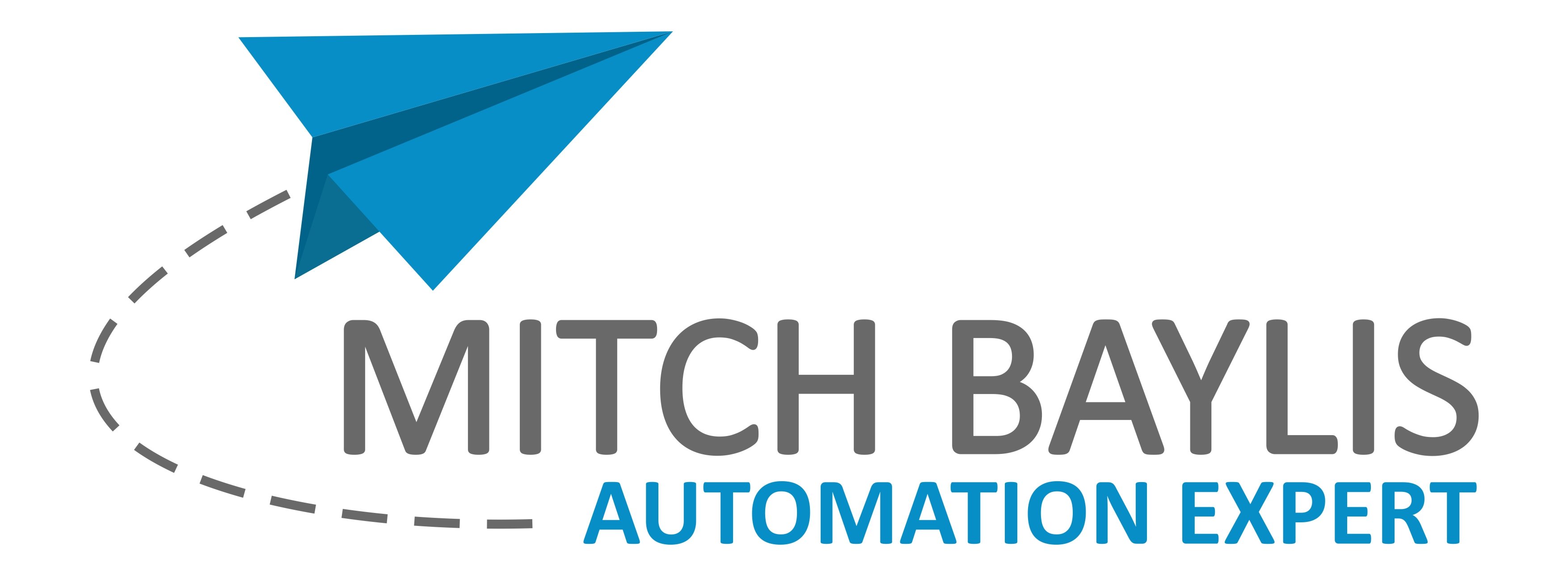In today’s fast-paced digital world, understanding JSON (JavaScript Object Notation) is crucial for effective business automation. 🚀 Whether you’re using Bubble.io or Make.com, JSON allows you to streamline data transfer between systems seamlessly. In this blog, we’ll delve into the basics of writing, parsing, and aggregating JSON, empowering you to enhance your automation workflows. Let’s get started! 💪
What is JSON? 🤔
JSON, or JavaScript Object Notation, is a lightweight data-interchange format that’s easy for humans to read and write, and easy for machines to parse and generate. It’s essentially a collection of key-value pairs and arrays. Let’s break down a simple JSON string to understand its structure:
{
"name": "Mitch",
"age": 11,
"pets": [
{
"name": "Sam",
"type": "dog"
},
{
"name": "Phil",
"type": "fish"
}
]
}
In the above example, we have keys like name and age with their respective values. The pets key contains an array of objects, each representing a pet with its own keys and values. 🐶🐟
Getting Started with Visual Studio Code 💻
To work effectively with JSON, we recommend using Visual Studio Code, a free code editor that helps you visualize and format JSON strings. It color-codes different data types, making it easier to spot errors and inconsistencies. Here’s a quick guide:
1. **Download and Install Visual Studio Code**: Visit the [official website](https://code.visualstudio.com/) and follow the installation instructions.
2. **Open a New File**: Create a new file and set the language mode to JSON.
3. **Paste Your JSON**: Copy your JSON string and paste it into the editor.
4. **Visualize**: Observe how the editor color-codes different elements—keys, strings, numbers, and booleans.
Understanding JSON Syntax 🧩
JSON structure is straightforward but requires attention to detail. Here are some key elements:
1. **Curly Braces ({})**: Enclose JSON objects.
2. **Square Brackets ([])**: Enclose JSON arrays.
3. **Commas (,)**: Separate key-value pairs and array elements.
4. **Colons (:)**: Separate keys from values.
Let’s look at a more complex JSON example:
{
"name": "Mitch",
"age": 11,
"pets": [
{
"name": "Sam",
"type": "dog"
},
{
"name": "Phil",
"type": "fish"
}
],
"hats": ["red", "blue", "green"]
}
In this example, we have a simple array hats containing a list of colors. 🌈
Parsing JSON in Make.com 🔄
Once you’ve written your JSON, the next step is to parse it in Make.com. Here’s how:
1. **Add the Parse JSON Module**: Drag and drop the Parse JSON module into your scenario.
2. **Paste JSON String**: Copy your JSON string into the module’s input field.
3. **Run the Scenario**: Execute the scenario to see the parsed output.
The output will display the keys and values, allowing you to use them in subsequent modules. For instance, you can process a list of pets and aggregate them based on specific criteria. 🐾
Aggregating JSON Data 🗂️
Aggregation allows you to group and summarize JSON data. In Make.com, you can use the Aggregate module to achieve this. Here’s a step-by-step guide:
1. **Add the Aggregate Module**: Place the Aggregate module after the Parse JSON module.
2. **Select Source Module**: Choose the module that generates the bundles (usually the Iterator).
3. **Define Data Structure**: Specify the keys and data types for the aggregation.
4. **Run the Scenario**: Execute the scenario to see the aggregated output.
For example, you might want to aggregate a list of pets, excluding a specific key-value pair like male.
Common JSON Errors and Troubleshooting 🛠️
Working with JSON can sometimes lead to errors. Here are some common pitfalls and how to avoid them:
1. **Missing Curly Braces or Square Brackets**: Ensure all opening brackets have corresponding closing brackets.
2. **Incorrect Comma Placement**: Verify that commas correctly separate key-value pairs and array elements.
3. **Invalid Data Types**: Make sure values match their expected data types (string, number, boolean).
Using a code editor like Visual Studio Code can help you spot these errors quickly. 🔍
Conclusion 🎉
Mastering JSON is a valuable skill for anyone looking to enhance their business automation workflows with Bubble.io and Make.com. By understanding how to write, parse, and aggregate JSON, you can streamline data transfer and improve efficiency. Happy automating! 🤖✨
Ready to dive deeper? Check out the video above for a comprehensive tutorial on JSON and business automation. 🚀
Recent Posts
Zapier vs. Make.com: Which Business Automation Tool is Right for You?
Hey there, automation enthusiasts! 🚀 Today, we’re diving into a face-off between two business automation giants: …
Why I Switched from Calendly to Acuity: A Comprehensive Guide to Better Business Automation
🚀 In the ever-evolving landscape of business automation, choosing the right tools can make or break …
Master Bubble.io: Fixing Repeating Group Issues with Nested Elements
Hey there, fellow Bubble.io enthusiasts! Are you struggling with nesting elements within repeating groups? 🤔 You’re …



